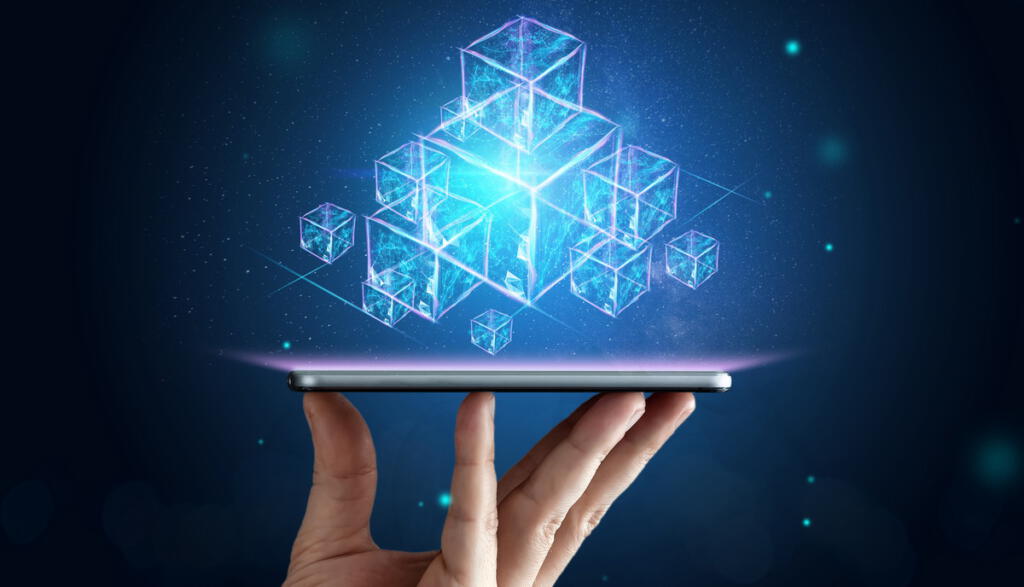With conversations about Web 3.0 (or Web3) suddenly buzzing around the internet, more and more is being debated about the possible and previously unimaginable decentralized future of the internet. The term, Web3 has popped up even in tweets exchanged between tech bigshots, Jack Dorsey of Twitter and Tesla’s Elon Musk.
The concept of an emerging decentralized internet belonging to creators and users, as defined by Packy McCormick, is beginning to take shape beyond just conversations about cryptocurrency and bitcoin. A significant number of large tech corporations and industry leaders like Meta, Instagram, Amazon, Sony, Twitter, and Tesla are beginning to take an interest in its potential and incorporate Web3 into their business models.
Let us find out more:
What is Web3?
Have you pondered the above question? Especially, with little to no knowledge of terms like blockchain technology, cryptocurrency, and decentralization? Then, we are here to help.
No, Web3 is not the internet in the third dimension (although that would be an interesting experience). In simple words, it is first the evolution of the internet as we currently use and know it (Web2) from its current centralized state where the majority of data is held and controlled by a handful of key players to a decentralized network.
Blockchain technology powers Web3, where instead of a single server, information is encrypted and stored transparently on multiple computer systems throughout the network. The result is that any attempt to alter, censor, or delete information alerts the entire network.
To break it down further, let us address a few terms:
What is Blockchain Technology?
Blockchain technology is the technology that cryptocurrency is founded on. A blockchain is a distributed digital ledger that stores information, in such a way that it is difficult, if not impossible, to alter the data, hack, or scam the system. A blockchain is essentially a digital log of transactions that are replicated and stored throughout the whole network of computer systems that make up the blockchain.
It is this mode of distribution that is called Decentralization. Because there is no single server that holds all the information, centralization issues like losing access to data due to a server crash, censorship, or the monopoly of information are non-existent. This makes blockchain technology extremely secure.
The Evolution of The Internet
Web1 and Web2
The first form of the internet we now have was best termed a “read-only” format of static pages belonging to organizations and could only be altered by them. They were a one-way communication tool and users were unable to interact with them. On evolving into Web2, which is the current prevalent phase, also known as the “read-write” era, as coined by a Twitter user in 2020, the internet became interactive. The beginning of the Web2 era was marked by the launch of social media. Read-and-write functionality eventually replaced the web’s original read-only mode.
Web 1: Read
— him.eth (@himgajria) May 29, 2020
Web 2: Read-Write
Web 3: Read-Write-Own
Instead of simply publishing data, corporations started to create platforms where users could contribute content and connect with one another. Then, as more people use the internet, a select few of the most successful tech and data-based organizations have gained an increasing monopoly over the great majority of the web’s traffic and the value it generates. The revenue-generation model that is fueled by ads was also born of Web 2.0. Users were able to contribute content, but had no commercial right or claim to it and did not profit from its commercialization, in any way.
Web3 101
Web3 is in essence, a read-write-own evolution of the internet that belongs to the users and creators. Perhaps, the most prominent feature for users is the newly gained ability to own and monetize the content they create. This is made possible using blockchain technology. Currently, creators use the tech in the creation of unique non-fungible digital assets (NFTs) that they market on Web3 platforms like OpenSea, Solana and Decentraland.

Some other primary distinctions between Web2 and Web3 include that users will be able to use an identity that carries their information, rather than having to create separate log-ins for each site they visit in the future.
Also, by earning or buying tokens that give them the ability to vote on choices or unlock features, they will have a greater degree of control over their interactions with the platforms they use.
Conclusion
The prospects of a future with Web3 are currently being tenuously explored, and the extent to which it can change the landscape of our current use of the web is in largely uncharted waters.
Finally, we will be exploring more topics on the changing digital landscape of the worldwide web in future articles.
We hope our Web3 summary and our crash course on the history of the internet has served as an adequate introductory guide for you.
Next, you can check out our guide on ‘how to make money from the metaverse‘!
Author

Metaverse architect, exploring the profound imprints of NFTs on virtual world-building.




